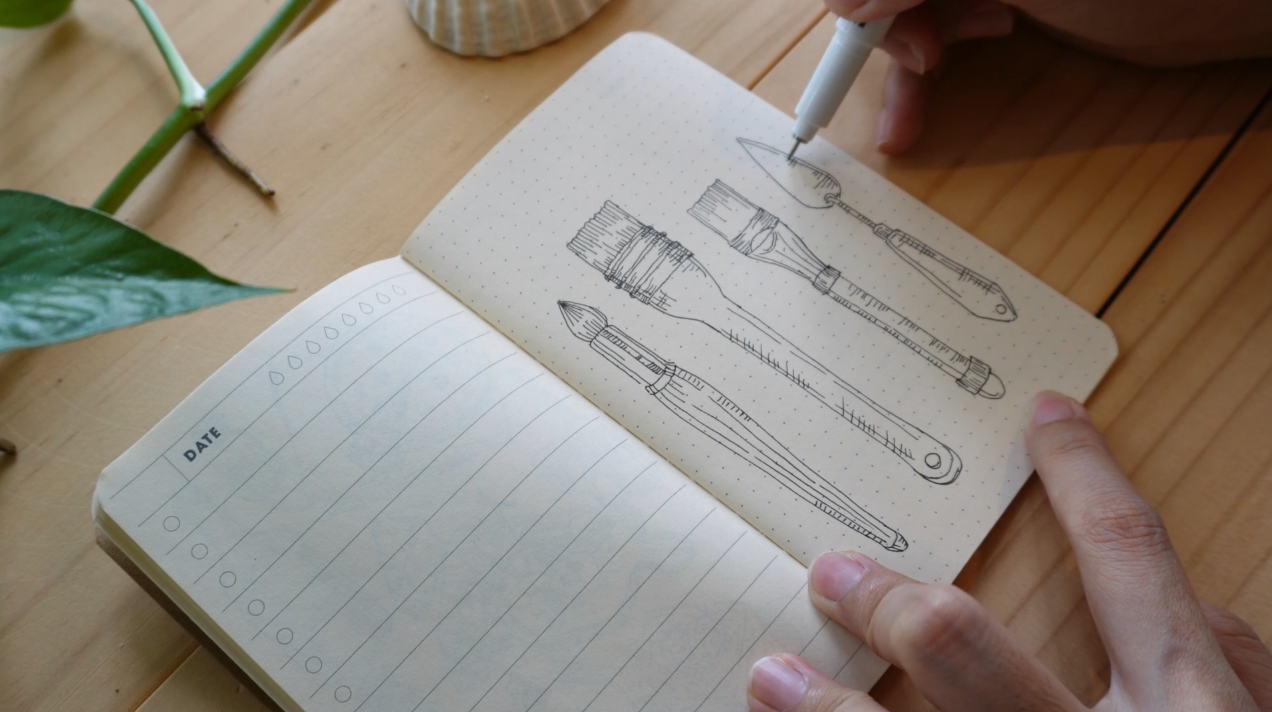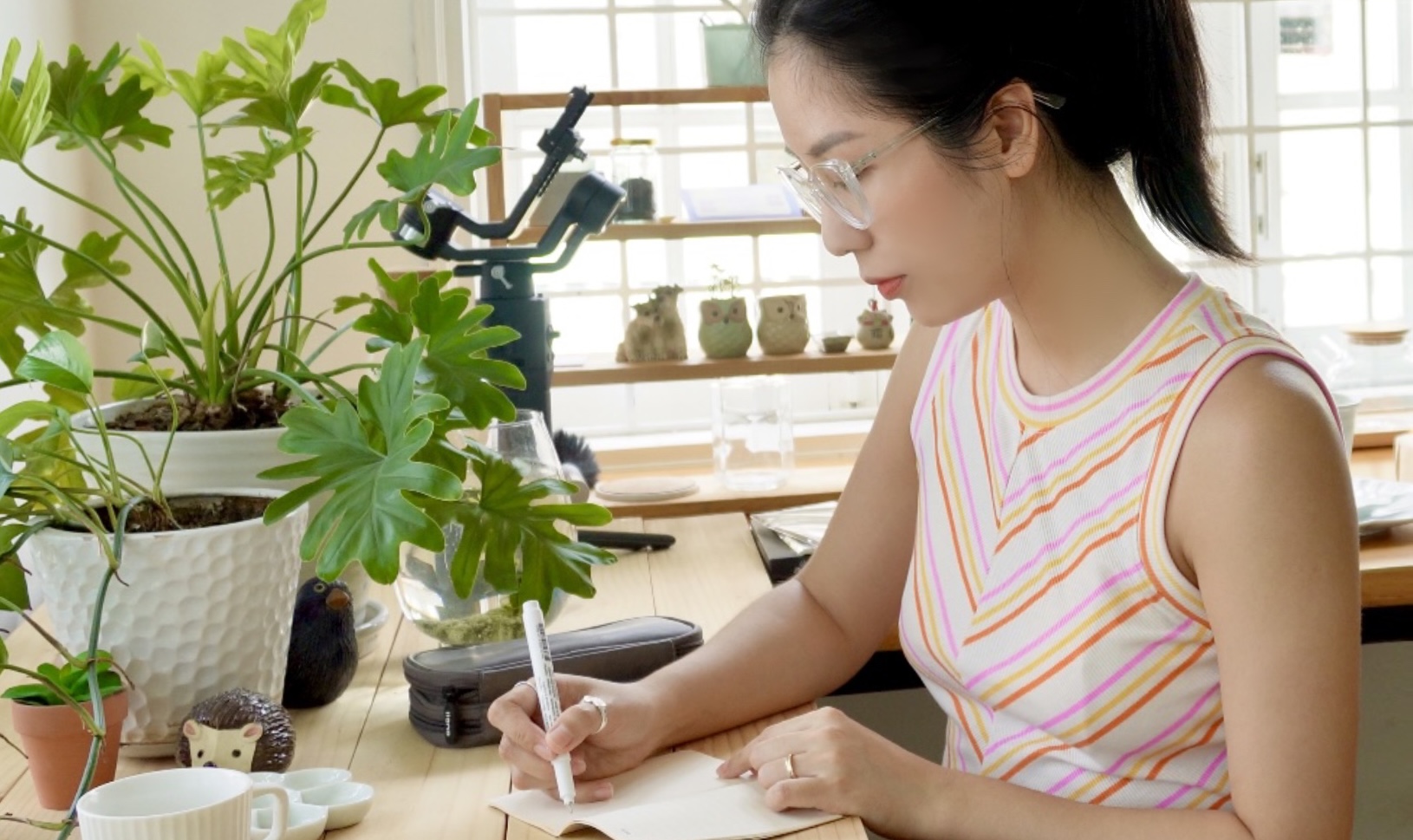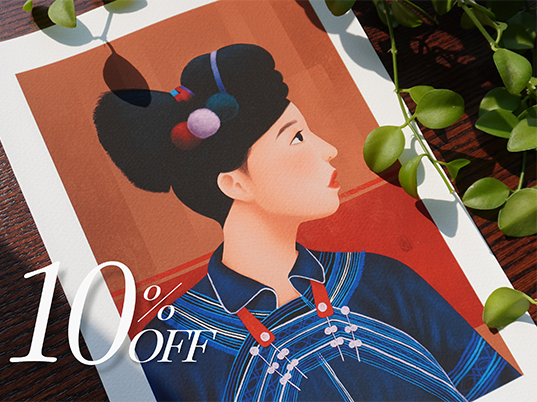First, let me show you my own ink sketchbook. This’s my first page, and I didn’t expect this result because I’ve prepared myself for a lot of mistakes. It was my first time drawing with ink, but it turned out very cool, what do you think?

Maybe because of the subject I’ve chosen to start. I wanted to start with something simple, and you know, fruits and vegetables are usually in a circle, oval or rectangle shape. So if you have a fear of the first sketchbook page, I suggest you start with basic shapes.
Ok! This second page might disappoint you. Can you guess what is it? It’s a frog.

Anyways, I wanted to try this technique so I wouldn’t be afraid of making mistakes. OK! Let’s move further with the rest of the sketchbook, and during it, I’m going to share my thoughts about ink drawing including my personal tips.
WHAT IS INK DRAWING?
Nearly everyone has doodled with a pen in their life. Pen and ink drawings are probably the most portable, convenient, and low-cost art supplies. You probably have an ink pen lying around without knowing it.

It’ll be the most comfortable art process If you know how to use it. All you need is a pen and a piece of paper, and you’re ready to make art!
WHY WE SHOULD TRY INK DRAWING?
Okay, so I’m going to tell you why you should.
Pencils and other erasable tools allow you to correct mistakes. This is nothing bad about it, but when you are learning to draw, you will make mistakes, a lot of mistakes. Having the tools allow you to fix those mistakes might actually hamper the learning process.
I think many of you spend a lot of time erasing, then drawing, then erasing but how about just spending your time on drawing?
Why do you need to cover up your art mistakes? Mistakes are awesome, it’s how we learn. When we are learning art, we shouldn’t get rid of mistakes. We should record them to see what we did wrong and how we fix it.

You aren’t making masterpieces when you start out. You are on a journey to get better. You make permanent mistakes over and over and over, till you learn to see them in your mind, and you will have more control over the drawing you do and get better results.
If you keep watching this video till the end, you can see my improvement from the first page to the last page. It’s a big improvement.
HOW TO INK?
To be honest, I don’t intend to become a professional ink artist. All I want to do is try the ink drawing technique, so my advice is simple, easy, and beginner friendly.
- Tools: There are so many different types of artists’ pens available, it can be difficult to settle on the right one for you. Especially if you’re a beginner! So about the pen, my advice is just to start with what you have, look around, and find one. About the sketchbook, you can start like mine, buy a tiny sketchbook which is easy to carry everywhere with you or maybe a cheap one so you won’t worry about wasting a page.
- Techniques: In my opinion, you can just start with the outline stroke. If you really wish to make the shading then try out Hatching and Cross-Hatching.

Hatching is the easiest and one of the most basic ink drawing techniques. Basically, you just need to create a series of horizontal parallel lines.
Cross-Hatching builds on the Hatching technique. Essentially you’ll need to start by creating the same hatched lines as before. Once you’re done you’ll create another layer of hatched lines that overlap your existing linework. This second layer is commonly done at a 90-degree angle, but you can add in as many layers and angles as you choose.
You’re free to choose your way, just do what you like with or without any technique. The important thing is to start and try to ignore the mistake during the process.
- Topics: As I said at the beginning of this video, you can start out by practicing with simple geometric shapes. Start out with a circle, oval, rectangle, or square..find things around you with these shapes. You can make a list with each shape, what is in the rectangle around you? your phone, a pen, an eraser, and even your wallet,…

You can write down the specific object for each page. Like me, I was drawing different topics for each page: vegetables, animals, coffee, and plants. If you don’t want to draw from life you should consider preparing photo references before starting. Don’t slow down by searching the idea, or photo reference, trust me! It’ll piss you off.

- Plan: You must set up a fixed schedule to draw every single day. I have replaced my sketching habit for this ink challenge by drawing 2 pages per day every morning. If I can’t make it in the morning, I’ll draw in the afternoon.

IN CONCLUSION
Drawing with pen and ink is an amazing, liberating experience. Unfortunately, many artists will never try it because they’ve become experts in one medium
This is not a “how to draw with pen” course – it had better not be because I’m not good at it. I’m a digital artist myself, and while I do my practice drills in ink, I do all my professional work in Procreate. My purpose is to encourage you to give pen and ink a try, and not stop using whatever mediums you enjoy at the moment.
Thank you for spending time with me, and happy painting!
